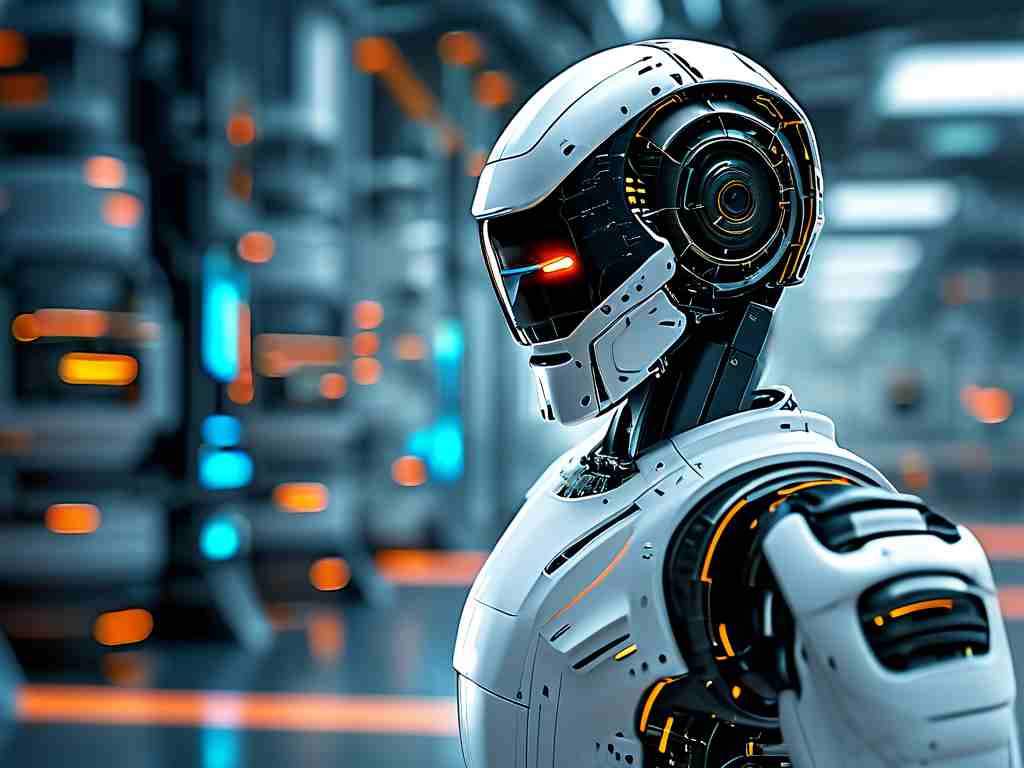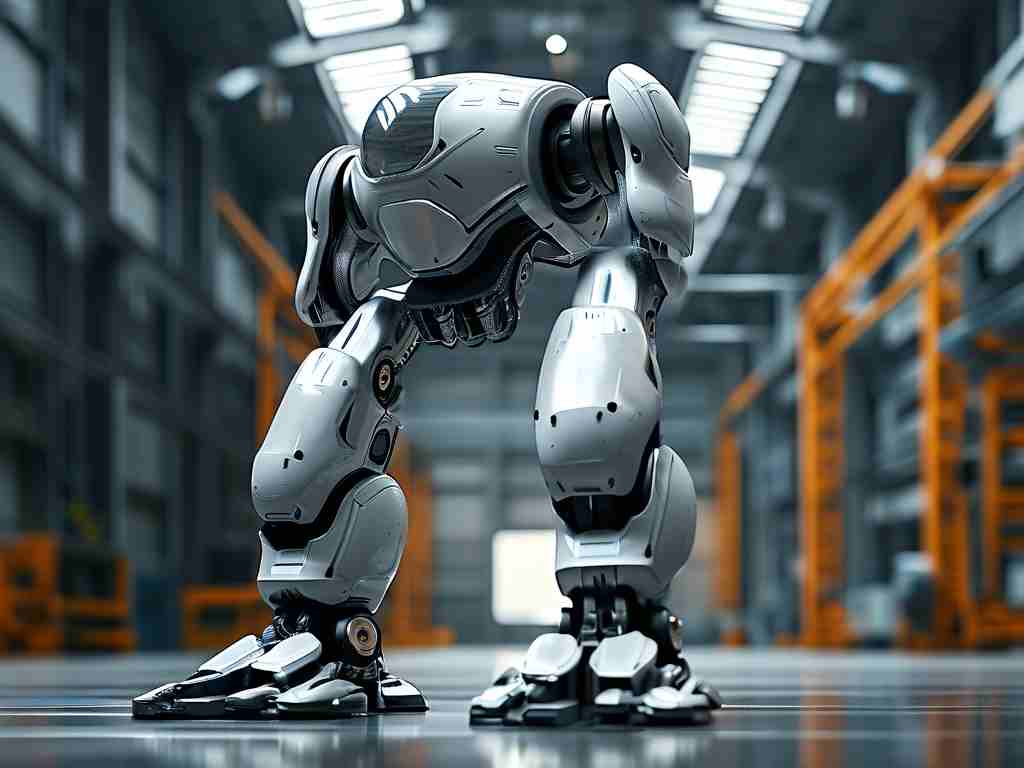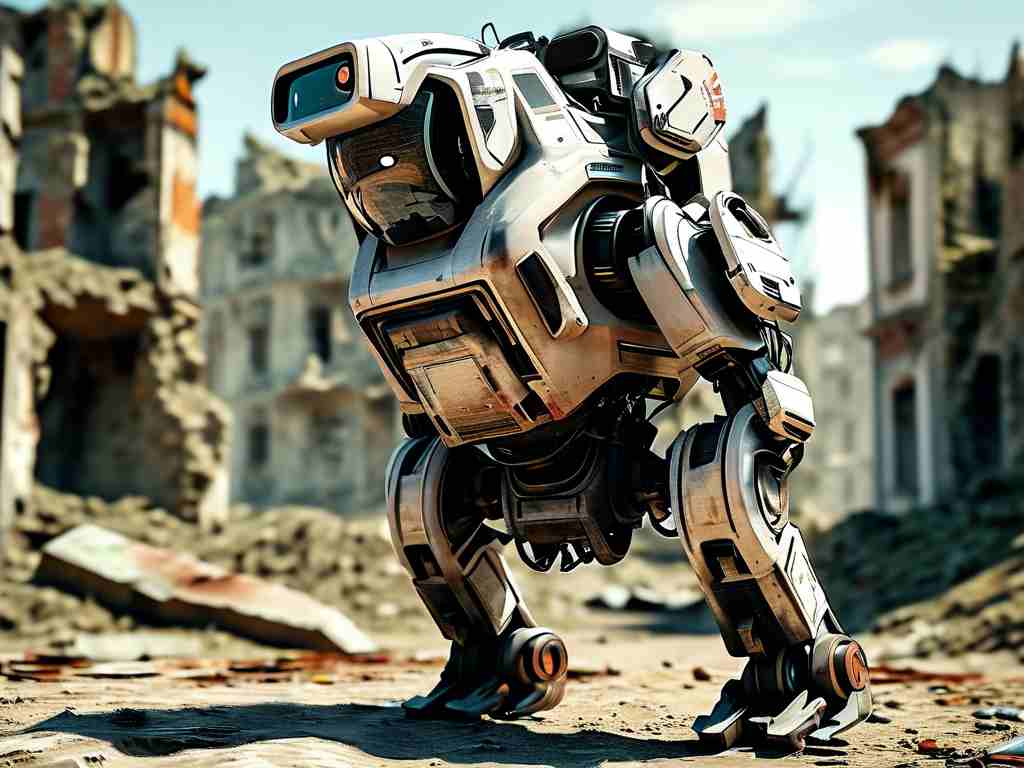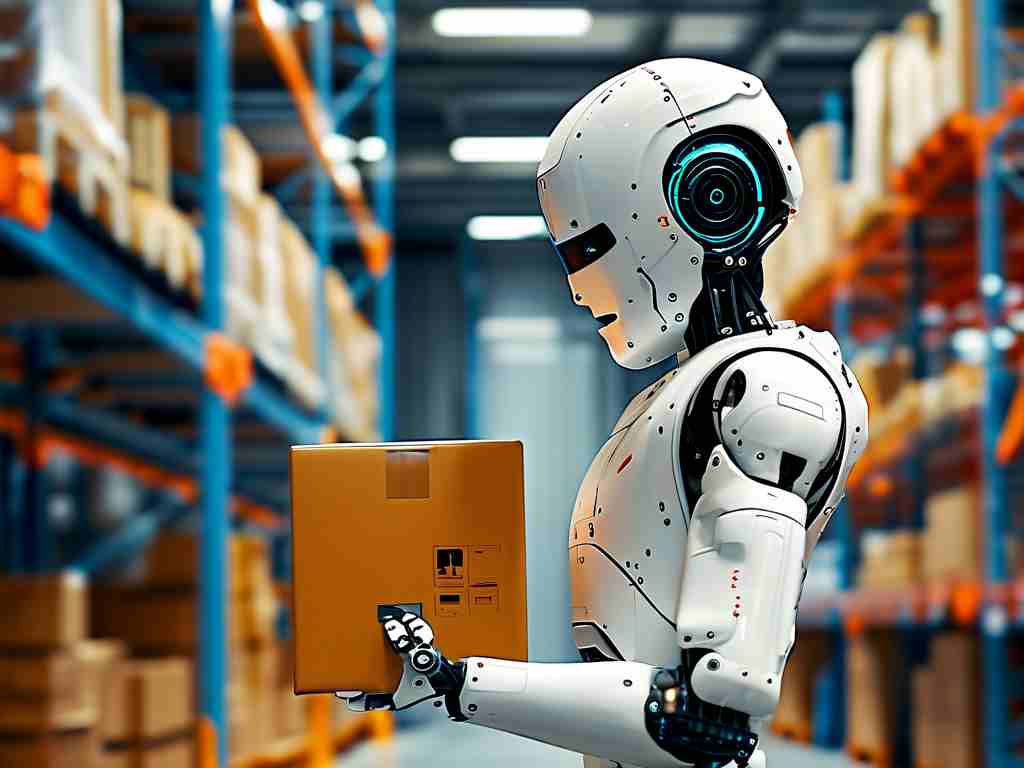The rapid evolution of robotic chip technology is fundamentally altering the landscape of automation, artificial intelligence, and industrial efficiency. As demand for smarter, faster, and more energy-efficient robots grows, advancements in semiconductor design and computational architectures are paving the way for unprecedented capabilities. This article explores the latest breakthroughs in robotic chip development, their real-world applications, and the challenges that lie ahead.

The Drive Toward Specialized Processors
Traditional central processing units (CPUs) have long struggled to meet the unique demands of robotics, which require real-time data processing, low latency, and parallel task management. In response, engineers are designing application-specific integrated circuits (ASICs) and field-programmable gate arrays (FPGAs) tailored for robotic functions. For instance, Boston Dynamics’ Spot robot employs custom chips optimized for sensor fusion, enabling seamless integration of lidar, cameras, and inertial measurement units.
Neuromorphic computing—a paradigm inspired by the human brain’s neural networks—has emerged as a game-changer. Chips like Intel’s Loihi 2 mimic biological neurons, allowing robots to learn from environmental stimuli with minimal power consumption. A 2023 study by the University of Zurich demonstrated that neuromorphic processors reduced energy usage by 78% in drone navigation tasks compared to conventional GPUs.
Energy Efficiency and Edge Computing
Power constraints remain a critical hurdle for mobile and autonomous robots. Next-generation chips fabricated using 3-nanometer node technology are addressing this by packing more transistors into smaller spaces while reducing voltage requirements. Qualcomm’s RB5 platform, for example, integrates a 5G modem and AI accelerator into a single chip, enabling warehouse robots to operate for 12 hours on a single charge while processing complex inventory data locally.
Edge computing capabilities are equally transformative. By embedding machine learning models directly into robotic chips, devices can make decisions without relying on cloud servers. ABB’s YuMi collaborative robot uses on-chip neural networks to recognize defective components on assembly lines with 99.4% accuracy, cutting latency from 200 milliseconds to under 10 milliseconds.
Industry-Specific Adaptations
Healthcare robotics provides a compelling case study for specialized chip development. Surgical robots like the da Vinci system now incorporate chips with haptic feedback algorithms, allowing surgeons to “feel” tissue resistance during minimally invasive procedures. Meanwhile, neural interface chips are being tested in prosthetics, translating muscle signals into precise movements with sub-millisecond response times.
In agriculture, companies like John Deere deploy robots with hyperspectral imaging chips capable of analyzing crop health across 30 distinct wavelengths. These systems identify pest infestations or nutrient deficiencies 40% faster than human scouts, according to a 2024 USDA report.
Challenges and Ethical Considerations
Despite progress, obstacles persist. The global chip shortage has delayed robotics projects by 6–18 months across industries, as revealed in a 2023 International Federation of Robotics survey. Moreover, the lack of standardization in robotic chip architectures complicates software development. Initiatives like the Open Source Robotics Foundation’s chiplet interoperability framework aim to address this by creating modular designs.
Ethical concerns also loom large. Chips enabling advanced autonomy raise questions about accountability in malfunction scenarios. The European Union’s proposed Artificial Intelligence Act mandates “explainability layers” in robotic processors—a feature that could add 15–20% to chip production costs, as estimated by analysts at Gartner.
The Road Ahead
Quantum computing integration represents the next frontier. Researchers at MIT recently demonstrated a quantum-assisted chip that solved robot path-planning problems 1,000 times faster than classical algorithms. While still in experimental stages, such innovations hint at a future where robots handle chaotic environments like disaster zones or dense urban traffic with ease.
Material science breakthroughs will further propel this evolution. Gallium nitride (GaN) chips, known for high thermal stability, are being tested in Mars rovers to withstand extreme temperatures. Meanwhile, biodegradable chips made from cellulose nanofibers offer eco-friendly alternatives for disposable medical robots.
As robotic chip technology continues to advance, it will blur the lines between hardware and cognition, creating machines that don’t just execute commands but adapt and reason. The coming decade will likely witness robots transitioning from specialized tools to ubiquitous partners in daily life—all powered by silicon brains smaller than a fingernail.









